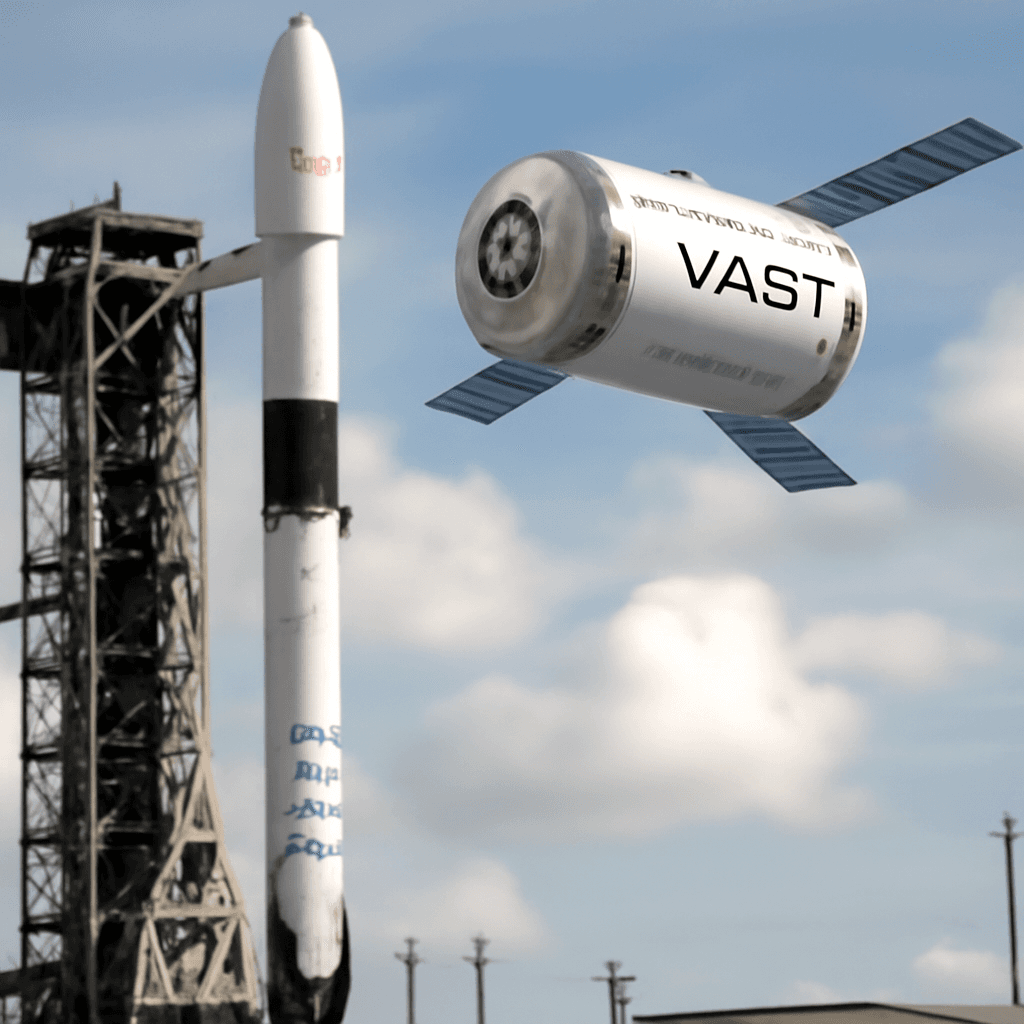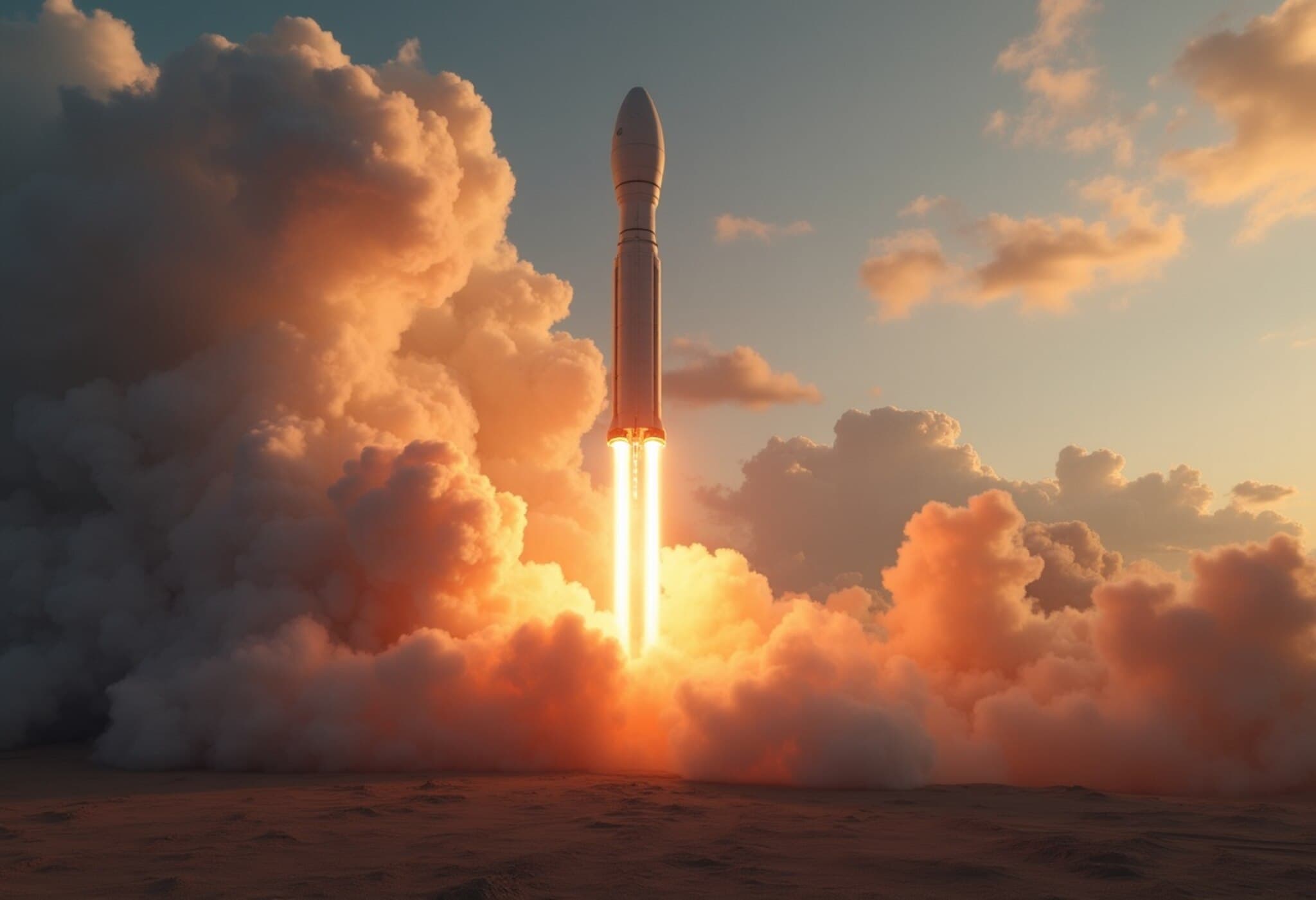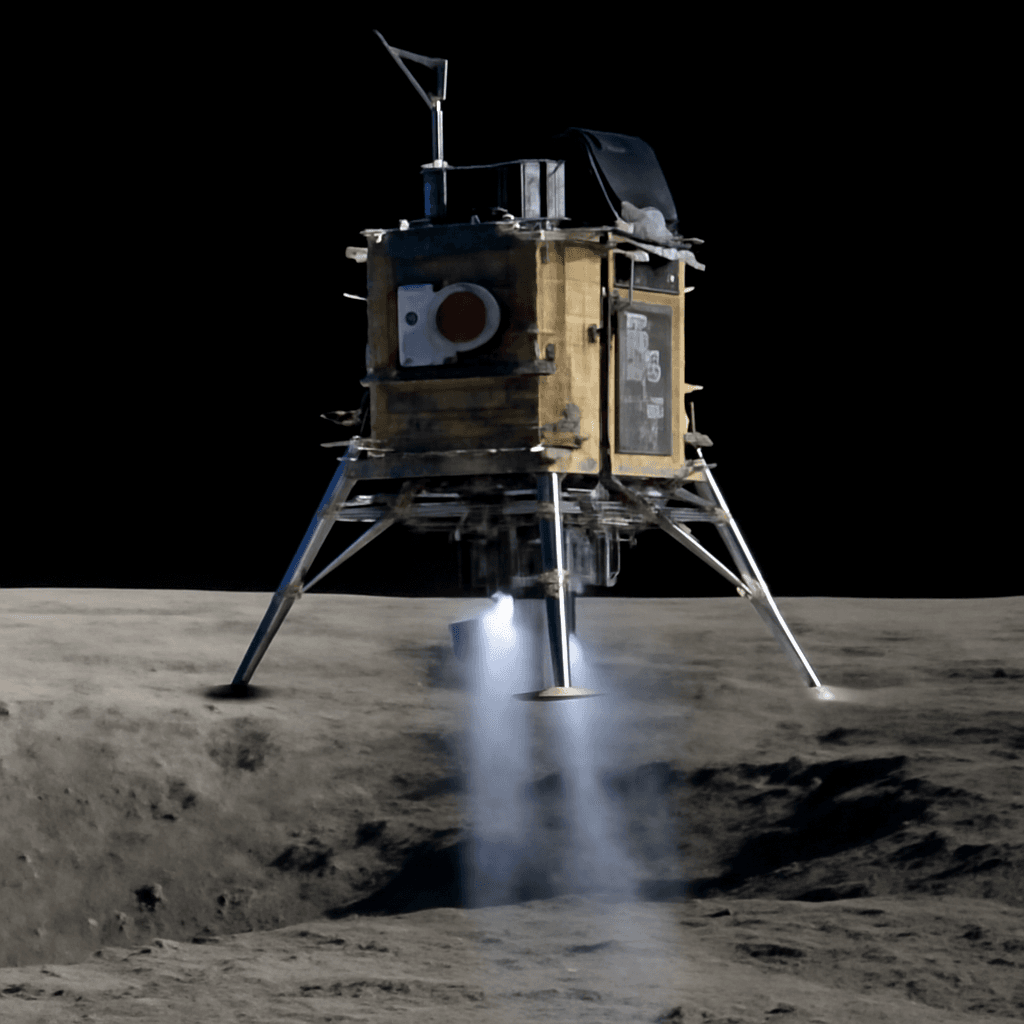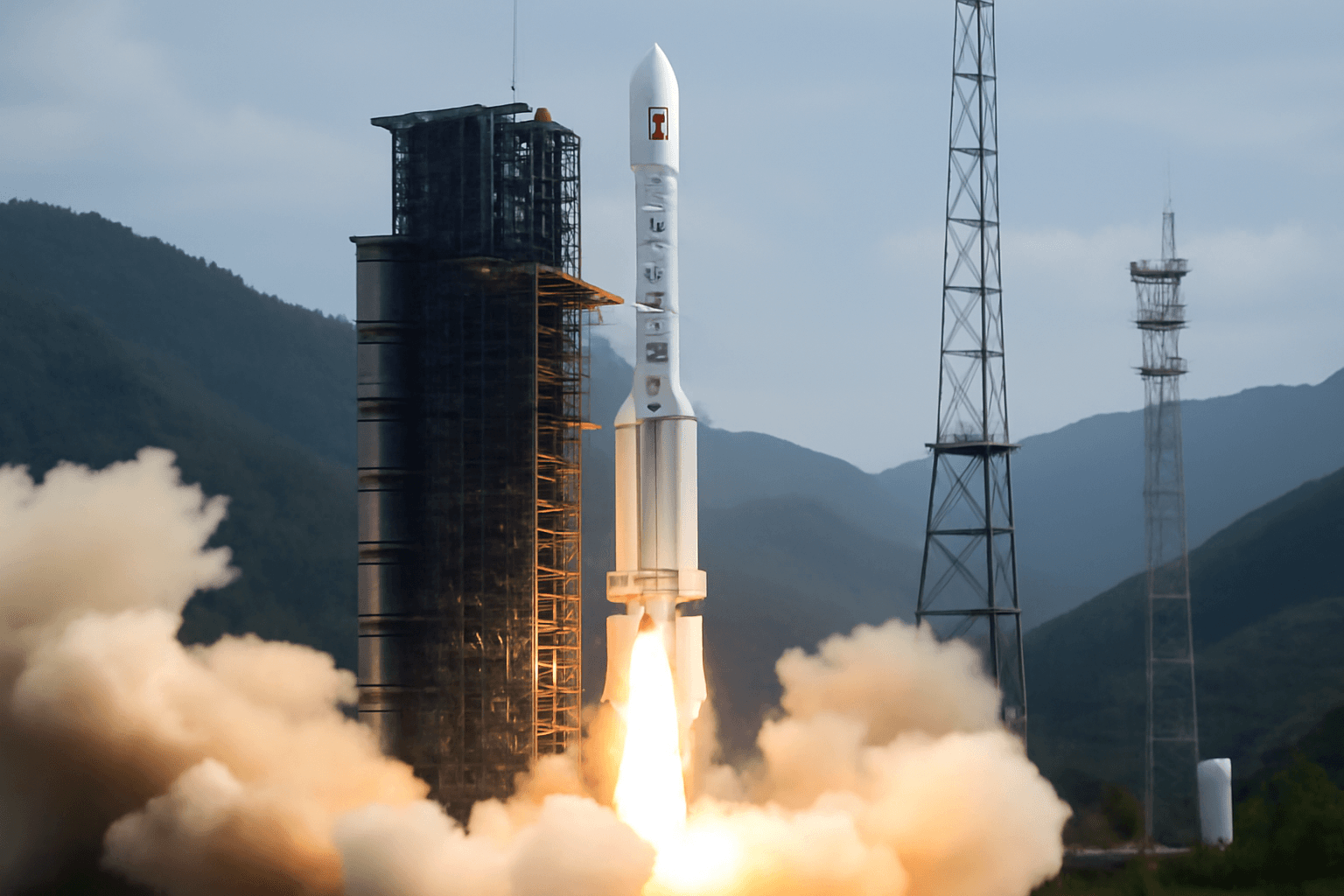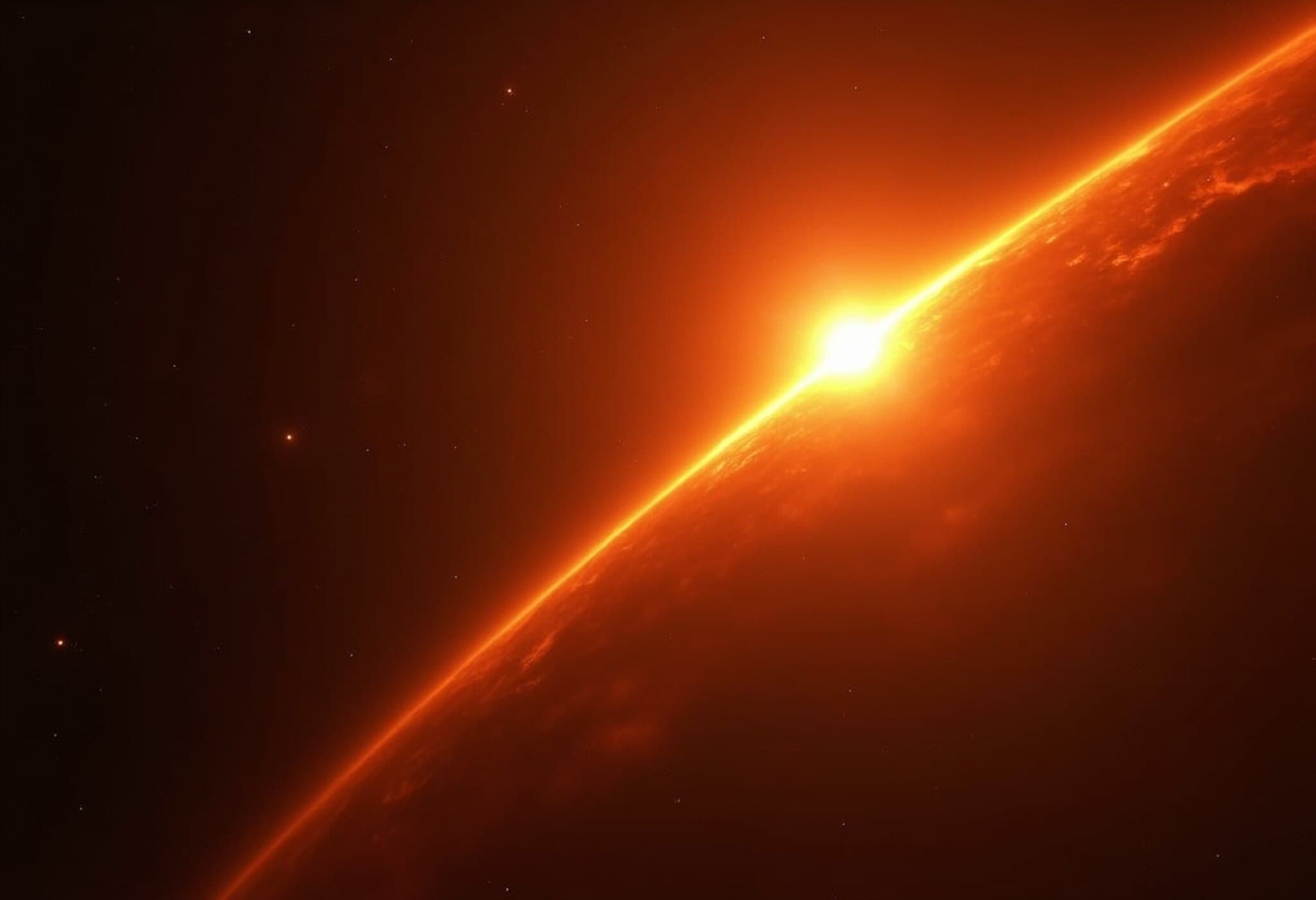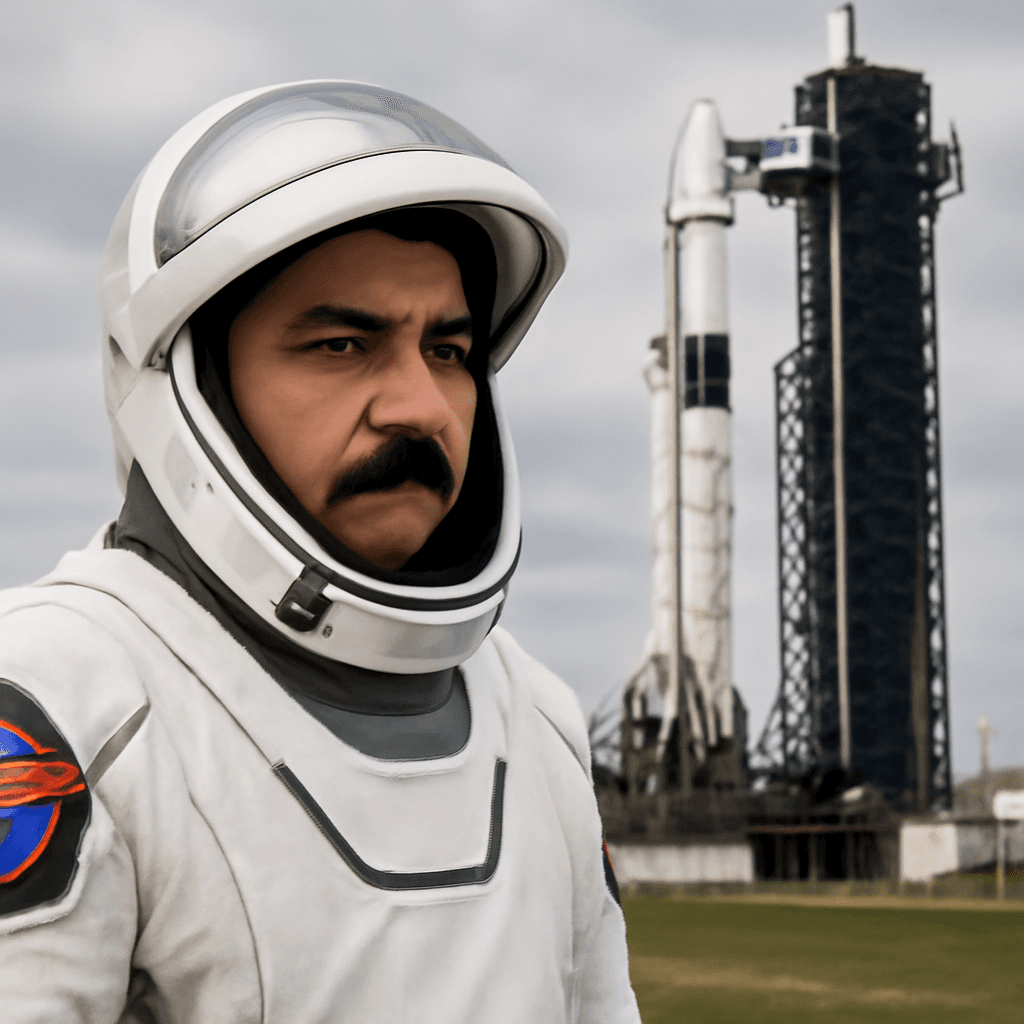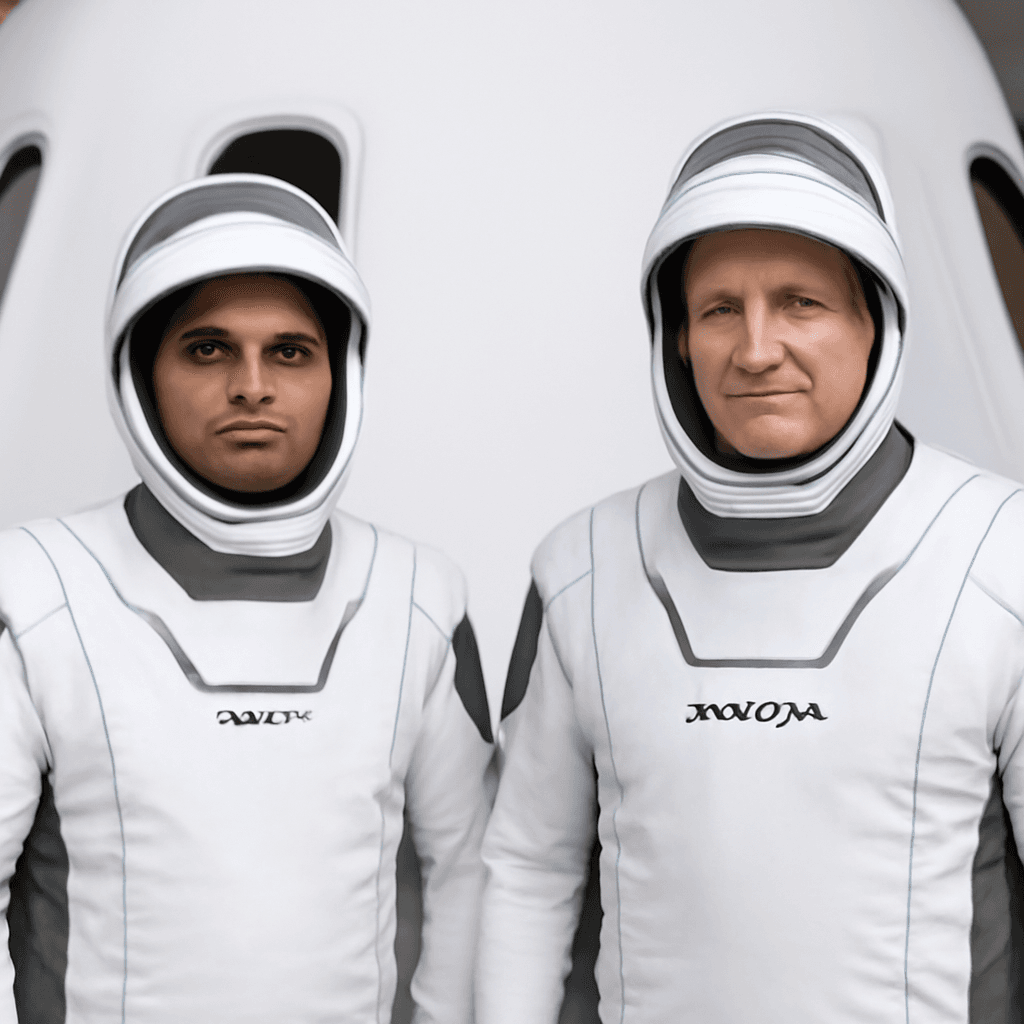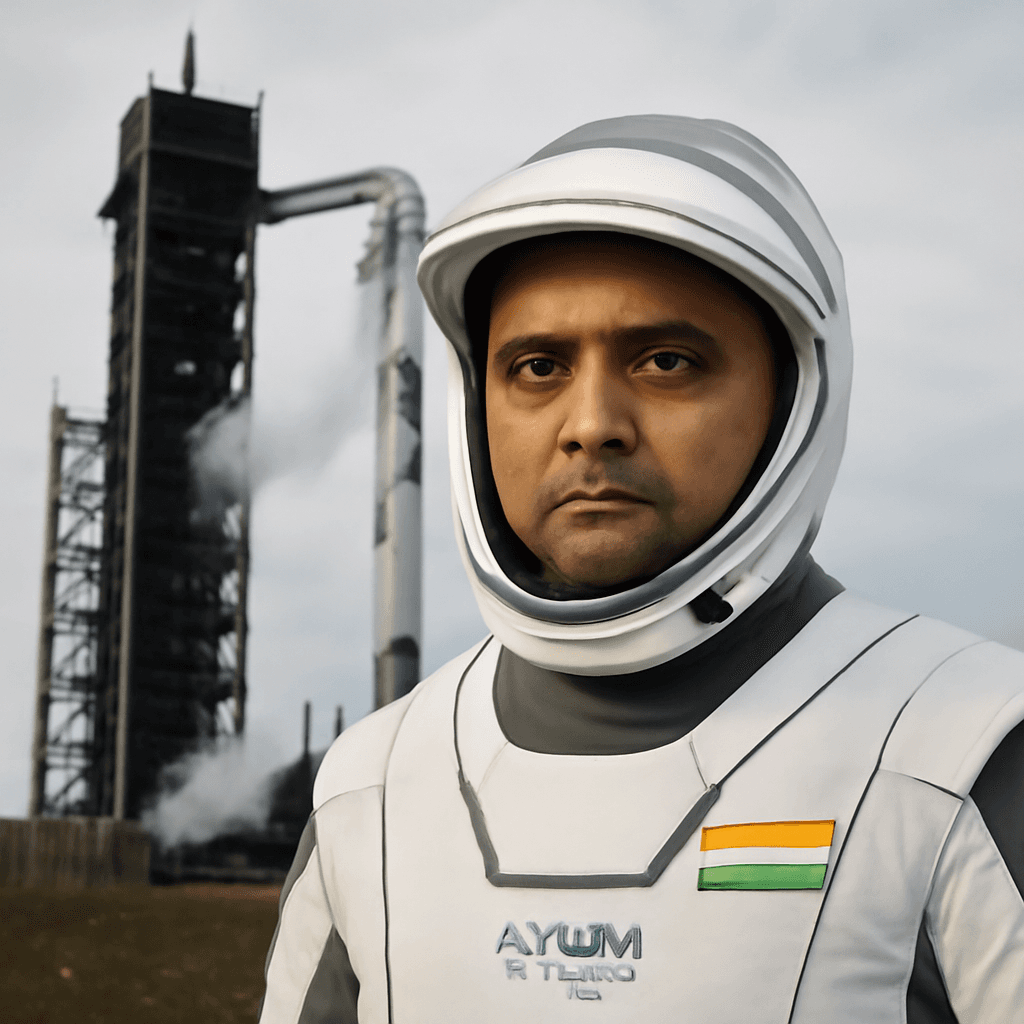Emerging Competition in the Next Generation Space Stations
As the International Space Station (ISS) approaches its planned retirement, the shift toward commercially operated space stations has intensified. VAST Space, a California-based aerospace company, is spearheading this effort with its upcoming commercial space station, Haven-1. The company aims to redefine space habitation and research through innovative, cost-effective technologies.
Introducing Haven-1: Specifications and Launch Plans
Set for launch in May 2026, Haven-1 is a single-module station designed to support a crew of four astronauts on two-week missions. It is integrated with SpaceX's Crew Dragon spacecraft and scheduled to launch aboard a single Falcon 9 rocket.
- Capacity: Four crew members
- Mission Duration: Two weeks per crew rotation
- Station Life: Planned operational orbit for three years
- Facilities: Includes scientific research equipment, Starlink internet connectivity, sleeping quarters, and essential life consumables
Strategic Vision and NASA's Commercial LEO Destination Program
VAST Space CEO Max Haot emphasizes that Haven-1 is designed not only as an independent commercial station but also as a technological precursor to a larger multi-module space station. With NASA's Commercial Low Earth Orbit (LEO) Destination program expected to select one or two developers by mid-2026, VAST intends to demonstrate its capabilities in advance.
The plan envisages assembling a nine-module station by 2028 if selected, which would serve as a direct successor to the ISS, enabling a seamless overlap for testing and operation before ISS retirement.
Cost Efficiency and Vertical Integration
Development of Haven-1 reflects a strategic focus on reducing costs and accelerating timelines through vertical integration. VAST Space has invested approximately $1 billion in private funding and customer revenue to date. The company operates with a team of about 850 personnel in its Los Angeles facilities, managing everything from primary structure manufacturing to systems engineering in-house.
This approach aims to enable faster production cycles—reducing module construction time from three years to two and a half—and significantly lower expenses compared to the ISS, which cost nearly $150 billion to develop.
Competitive Landscape and Differentiation
The commercial space station sector includes several contenders, notably Axiom Space, which plans to attach its modules to the existing ISS infrastructure. VAST Space distinguishes itself by developing a free-flying station independent of the ISS, enabling standalone operation regardless of the ISS's status.
VAST's timeline to launch Haven-1 in 2026 positions it at least a year ahead of competitors launching modules in 2027 or later, potentially giving it a competitive edge in the emerging market.
Potential for International Collaboration
India's entry into the space station race with its Bhartiya Antariksha Station, targeted for launch by 2028, presents opportunities for cooperation. VAST Space's CEO suggests that their commercial platform could serve as a training ground for international astronauts, including those from India, facilitating collaboration rather than rivalry.
Conclusion
The approaching retirement of the ISS marks a pivotal moment in space exploration. Companies like VAST Space are leveraging innovation, cost efficiency, and strategic planning to establish the next generation of orbital platforms. Haven-1’s successful deployment could herald a new era of commercial space stations, enhancing scientific research and international collaboration in Low Earth Orbit.

